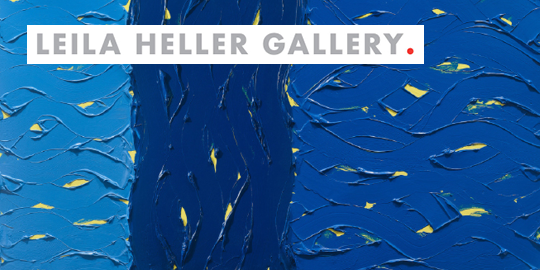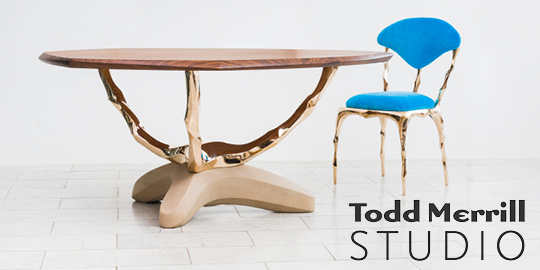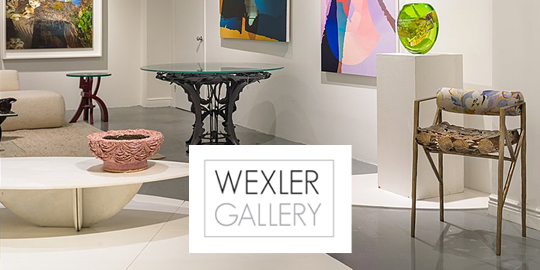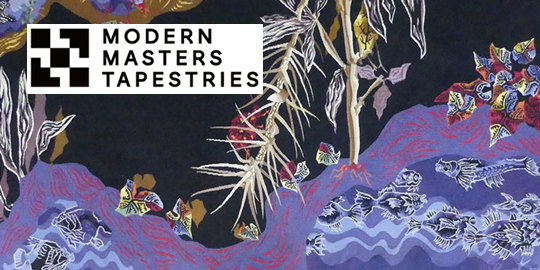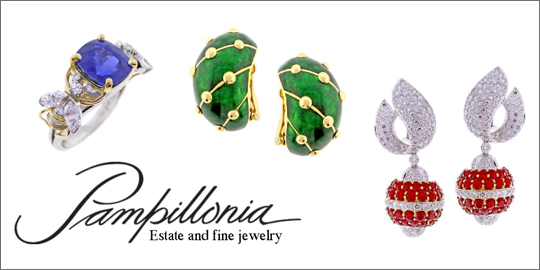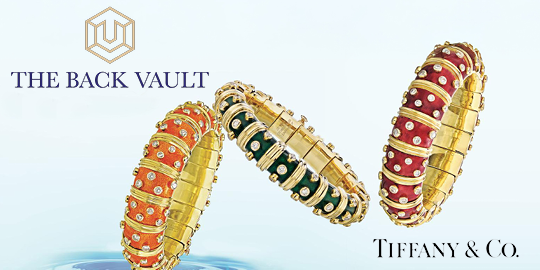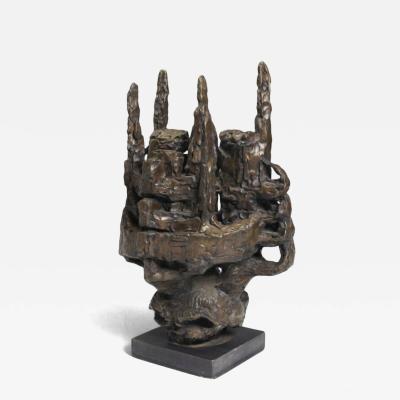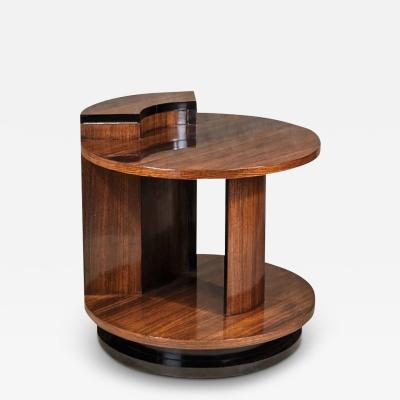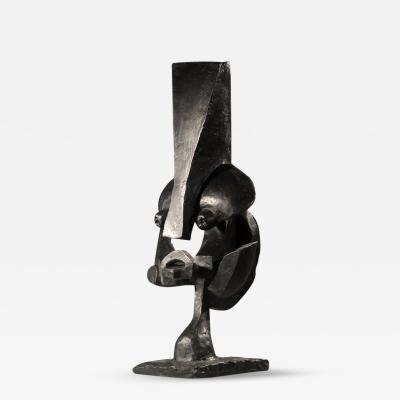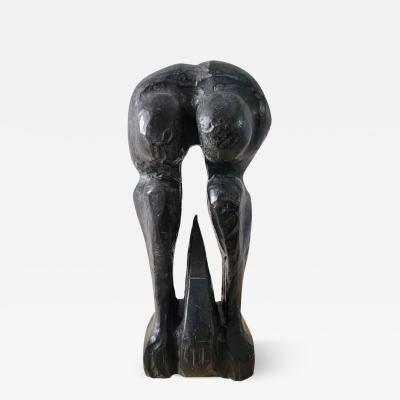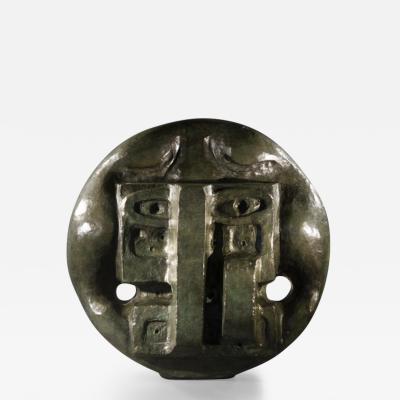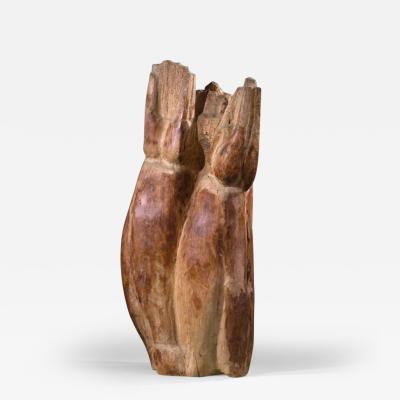Etienne-Martin
French, 1913 - 1995
Henri Étienne-Martin, born on February 4, 1913, in Loriol, Drôme, France, was a distinguished sculptor known for his innovative use of materials and profound exploration of form. He studied at the École des Beaux-Arts de Lyon from 1929 to 1933, where he formed a lasting friendship with fellow artist Marcel Michaud. In 1934, he moved to Paris and began working in Charles Malfray's studio at the Académie Ranson. There, he mingled with a group of notable artists, including Roger Bissière and Jean Le Moal, and became involved with the Témoignage group, which held exhibitions in Paris in the late 1930s.
Martin's early work was characterized by wood and plaster, often reflecting his childhood memories. However, his artistic language evolved to incorporate bronze, string, and textiles, allowing him to experiment with texture and form. His notable works include "Grand Couple" (1947) at the Fondation Pierre Gianadda in Switzerland, and "Le Manteau" (1962), which gained acclaim for being the first fabric sculpture at the Pompidou Center in Paris.
During World War II, Martin was imprisoned in Germany but was liberated in 1941. His post-war years saw him exploring various locales, including Oppède and Dieulefit, where he met writer Henri-Pierre Roché. Returning to Paris in 1947, he became immersed in spiritual practices, including Eastern philosophies, which deeply influenced his later works.
In 1954, he began his renowned series of sculptures titled "Demeures" (Dwellings), a body of work that would define his career. His contributions to contemporary sculpture earned him the grand prize for sculpture at the 33rd Venice Biennale in 1966. From 1968 to 1983, he served as the head of the sculpture department at the École Nationale supérieure des Beaux-Arts in Paris and was elected to the Académie des beaux-arts in 1971.
A retrospective exhibition at the Pompidou Center in 1984 showcased his Demeures, solidifying his legacy in the art world. In 2010, the center honored him again with an exhibition featuring sculptures, drawings, and personal artifacts from his studio.
Henri Étienne-Martin passed away on March 21, 1995, in Paris, leaving behind a significant body of work that continues to inspire and resonate in the realms of contemporary sculpture.
Martin's early work was characterized by wood and plaster, often reflecting his childhood memories. However, his artistic language evolved to incorporate bronze, string, and textiles, allowing him to experiment with texture and form. His notable works include "Grand Couple" (1947) at the Fondation Pierre Gianadda in Switzerland, and "Le Manteau" (1962), which gained acclaim for being the first fabric sculpture at the Pompidou Center in Paris.
During World War II, Martin was imprisoned in Germany but was liberated in 1941. His post-war years saw him exploring various locales, including Oppède and Dieulefit, where he met writer Henri-Pierre Roché. Returning to Paris in 1947, he became immersed in spiritual practices, including Eastern philosophies, which deeply influenced his later works.
In 1954, he began his renowned series of sculptures titled "Demeures" (Dwellings), a body of work that would define his career. His contributions to contemporary sculpture earned him the grand prize for sculpture at the 33rd Venice Biennale in 1966. From 1968 to 1983, he served as the head of the sculpture department at the École Nationale supérieure des Beaux-Arts in Paris and was elected to the Académie des beaux-arts in 1971.
A retrospective exhibition at the Pompidou Center in 1984 showcased his Demeures, solidifying his legacy in the art world. In 2010, the center honored him again with an exhibition featuring sculptures, drawings, and personal artifacts from his studio.
Henri Étienne-Martin passed away on March 21, 1995, in Paris, leaving behind a significant body of work that continues to inspire and resonate in the realms of contemporary sculpture.
